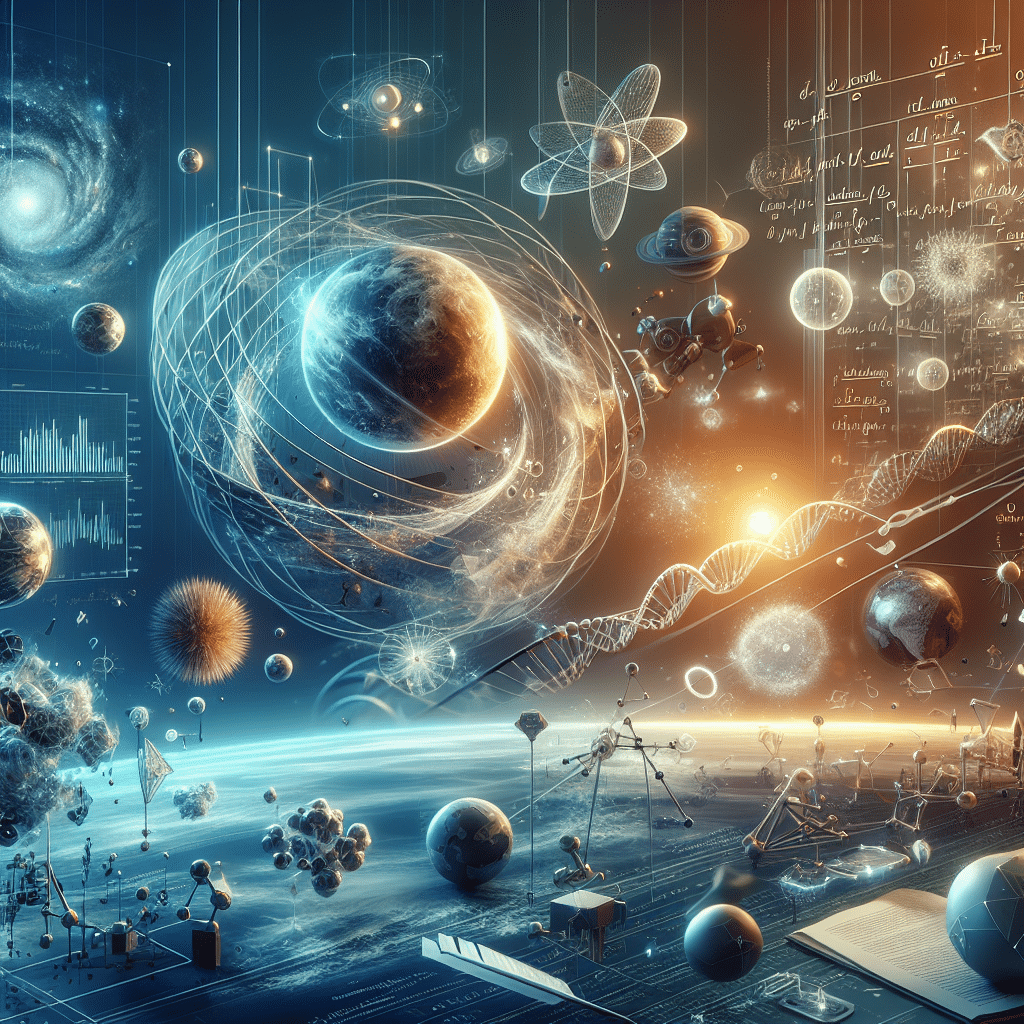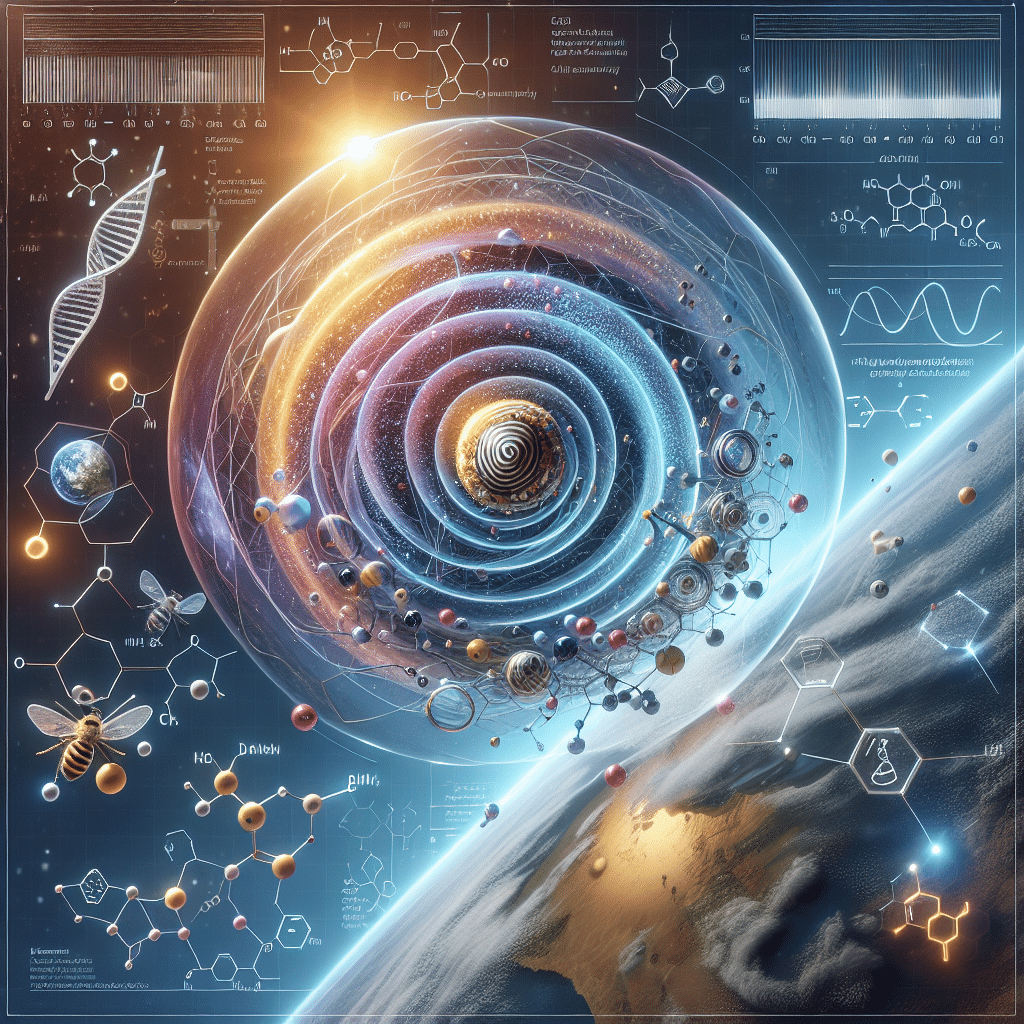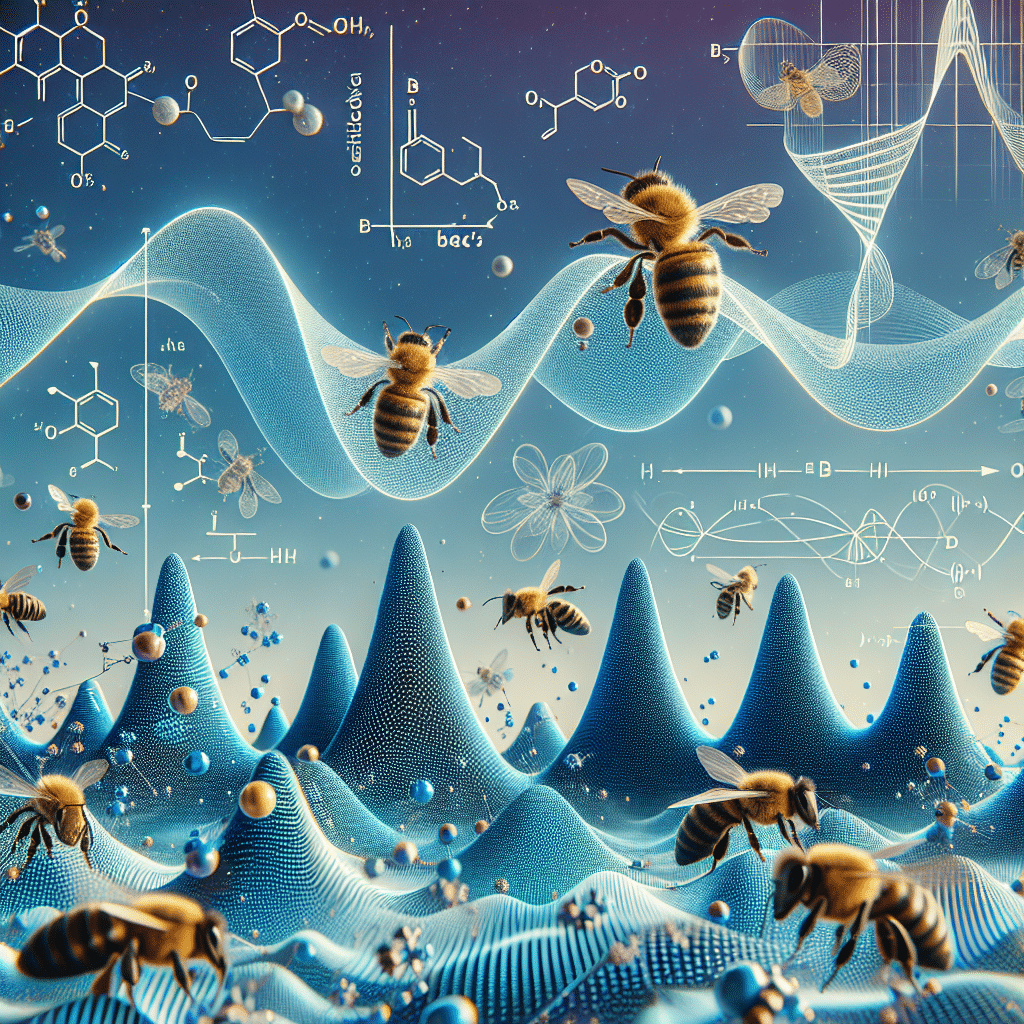Toward localized control of gravitational interaction through engineered quantum fields
Antigravity propulsion has long been a subject of both scientific speculation and technological ambition. Recent theoretical developments suggest that gravitational interactions may emerge not from a classical force law but from the interference patterns of matter wavefunctions within a quantum substrate. In this article, we explore the hypothesis that local gravitational fields can be counteracted—or even reversed—through the controlled interference of engineered wavefunctions, particularly those associated with high-frequency, stable quantum particles. By modeling gravitational attraction as an emergent phenomenon of constructive wavefunction coupling, we investigate the possibility of generating destructive interference zones, effectively shielding or neutralizing gravitational pull. Drawing from quantum field theory, de Broglie wave mechanics, and concepts analogous to electromagnetic shielding, we present a theoretical architecture for antigravity engines based on coherent quantum interference. Potential applications in propulsion systems, energy conservation, and inertial damping are also discussed.
1. Introduction: Rethinking Gravity Through Wave Dynamics
Traditional theories of gravity—from Newton’s law of universal gravitation to Einstein’s general relativity—treat it as a universal attractive force tied to the curvature of spacetime or mass-induced action at a distance. While these frameworks have immense predictive power, they are fundamentally geometric and do not offer a microscopic mechanism for gravitational interaction.
Quantum field theories, on the other hand, depict particles not as point masses, but as distributed wavefunctions evolving in space and time. This opens the possibility that gravity, like other fundamental forces, could emerge from the structure and interference of these wavefunctions. If so, then controlling the interference pattern locally may allow one to manipulate gravitational effects—a theoretical foundation for antigravity.

1. Introduction: Rethinking Gravity Through Wave Dynamics
Traditional theories of gravity—from Newton’s law of universal gravitation to Einstein’s general relativity—treat it as a universal attractive force tied to the curvature of spacetime or mass-induced action at a distance. While these frameworks have immense predictive power, they are fundamentally geometric and do not offer a microscopic mechanism for gravitational interaction.
Quantum field theories, on the other hand, depict particles not as point masses, but as distributed wavefunctions evolving in space and time. This opens the possibility that gravity, like other fundamental forces, could emerge from the structure and interference of these wavefunctions. If so, then controlling the interference pattern locally may allow one to manipulate gravitational effects—a theoretical foundation for antigravity.

2. Gravity as an Emergent Interference Phenomenon
In the wave-based approach to gravity—compatible with models such as BeeTheory or subquantum field frameworks—mass is associated with a stable oscillation of wavefunctions within a universal medium. The constructive interference between these wavefunctions increases energy density and draws matter together, producing what is interpreted macroscopically as gravitational attraction.
The implication is powerful: gravity is not a fundamental force, but an emergent effect of spatially coherent wave interference. If this is true, then gravity can, in principle, be locally modified by:
- Creating anti-phase wavefunctions to destructively interfere with ambient gravitational waves.
- Generating localized density voids within the field structure.
- Modifying boundary conditions of the underlying wave medium to redirect energy flow.
3. Generating Localized Antigravitational Fields
A core challenge is identifying physical systems capable of generating coherent wave interference strong enough to interact with gravitational fields.
One approach is the use of engineered particle beams, such as coherent streams of neutral quasi-particles or spin-aligned fermion pairs, with precisely controlled wavefunctions:
\[ \Psi_{\text{engine}}(\mathbf{r}, t) = A \, e^{i(\mathbf{k} \cdot \mathbf{r} – \omega t + \phi)} \]With the MathJax plugin enabled, this equation is rendered beautifully and responsively. Here, the phase \( \phi \) and amplitude \( A \) can be modulated in real time.
These engineered waves could be tuned to anti-resonate with the gravitational potential gradients of nearby masses, producing zones of destructive interference in the wave field associated with gravity.
If local gravitational interaction energy is diminished through such interference, the result is effective weight reduction or levitation.
4. Theoretical Model: Phase Cancellation and Wave Energy Suppression
Let us consider a massive body (e.g., Earth) represented as a stable wave-emitting structure, generating a gravitational potential via its collective matter wavefunction \(\Psi_E(\mathbf{r})\). An engineered interference source \(\Psi_A(\mathbf{r}, t)\) is introduced to the local region, satisfying:
\[ \Psi_{\text{total}}(\mathbf{r}, t) = \Psi_E(\mathbf{r}) + \Psi_A(\mathbf{r}, t) \]with the condition:
\[ \Psi_A(\mathbf{r}, t) \approx -\Psi_E(\mathbf{r}) \text{ (locally)} \]so that:
\[ |\Psi_{\text{total}}(\mathbf{r}, t)|^2 \ll |\Psi_E(\mathbf{r})|^2 \]This suppression of local field density leads to a lowering of interaction potential, i.e., antigravitational behavior.
Such a configuration would not violate conservation laws, as the wave energy is redistributed rather than destroyed. However, the precision of phase cancellation is critical and likely requires quantum coherence on mesoscopic or macroscopic scales.
5. Physical Implementation: Toward Antigravity Engines
The physical realization of such a system may involve:
- Cold-atom condensates arranged in tunable lattice geometries, where collective excitations interfere destructively with environmental gravitational modes.
- High-frequency wavefunction generators, such as vacuum-stabilized positron-electron plasmas, designed to phase-cancel background gravitational fields.
- Layered metamaterials with embedded quantum emitters that can establish standing wave patterns aligned against gravitational gradients.
The core of the antigravity engine is a phase-modulation core surrounded by coherence chambers, where wavefunctions are synchronized and maintained against decoherence.
In theory, such an engine could provide:
- Inertial damping (cancelling acceleration-induced gravitational coupling),
- Propellant-less thrust through asymmetric field modulation,
- Localized levitation platforms for structural load support.


6. Analogies in Electromagnetic Shielding and Casimir Effects
The concept of gravitational interference shares analogies with known quantum and electromagnetic phenomena:
- Electromagnetic shielding: In Faraday cages, destructive interference and conductive barriers neutralize incoming EM waves.
- Casimir effect: Vacuum energy density is altered between plates due to boundary-induced mode suppression—a passive analog to gravitational field modulation.
- Quantum vacuum engineering: Proposals to modify local vacuum states to alter particle interactions, similar to proposed gravity shielding via wavefunction phase cancellation.
These examples demonstrate that field manipulation at quantum scales can produce macroscopic force-like effects—lending credibility to wavefunction-based approaches to gravity control.
7. Challenges and Open Questions
Despite its theoretical elegance, antigravity via wavefunction interference presents formidable challenges:
- Coherence maintenance: How can quantum coherence be sustained across the necessary spatial scales?
- Energy cost: What is the power requirement to sustain interference fields capable of neutralizing Earth’s gravity?
- Phase matching precision: How feasible is it to maintain destructive interference in dynamic gravitational fields?
- Backreaction: Does local field suppression generate compensating curvature or energy elsewhere?
These questions suggest that while theoretically consistent, practical antigravity engines lie at the frontier of current technology and theory. Progress in quantum control systems, high-precision phase modulators, and materials engineering will be critical.
8. Future Directions and Experimental Probes
To test these ideas, one might design experiments such as:
- Wavefunction cancellation tests: Use trapped ions or cold atoms in gravitational fields, with superimposed engineered wavefunctions to look for deviations in free-fall behavior.
- Vacuum interference measurements: Study how engineered coherent fields interact with gravitational wave backgrounds or local inertial frames.
- Gravitational potential mapping: Compare classical and wave-interference models in the presence of controlled wavefunction emitters.
Such experiments could lay the groundwork for the first experimental confirmation of gravitational interference control.
9. From Concept to Control
The concept of antigravity via wavefunction interference reimagines gravity not as a fixed, external force but as a locally modifiable field phenomenon—a product of the spatial and temporal structure of matter waves. Through precise engineering of phase, amplitude, and coherence, it may be possible to alter gravitational coupling without resorting to exotic matter or unproven particles.
This approach offers a radically new pathway to propulsion, load support, and fundamental physics—linking wave-based theories of gravity with practical quantum technologies. While still in the theoretical domain, its implications for energy, transportation, and fundamental science are profound.
Acknowledgements
The author thanks the quantum physics and wave dynamics research communities for foundational insights, and acknowledges the pioneering theoretical models of wave-based gravitation that inspire continued exploration in the direction of field-based propulsion.
